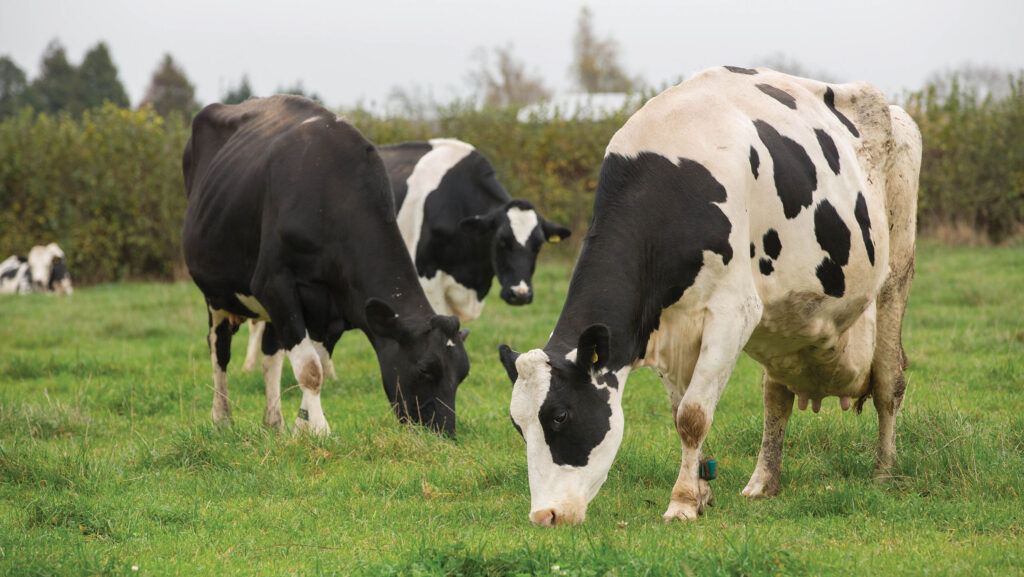Current carbon measurements put regen dairy at disadvantage
 © Tim Scrivener
© Tim Scrivener Regenerative dairy systems are at a disadvantage when their carbon footprint is compared with indoor herds because current metrics focus on reducing the emissions intensity of each litre of milk.
Speaking at Groundswell, Becky Wilson of Farm Carbon Toolkit said this made it difficult to quantify the contribution that lower input systems make through carbon sequestration, biodiversity and resilient landscapes.
See also: Why Gloucs dairy farmer is adopting longer-grass grazing
“[This means] lower input grass-based systems with lower yields look worse,” she told Farmers Weekly.
“Farmers are encouraged to move their herds indoors but that involves more fossil fuels, more costs. Meanwhile, milk processors say the data is not there to put carbon sequestration into the balance.”
She added that just looking at emissions intensity shows emissions rise when cows go out to grass: “[However,] if you put cows in a shed, you can get emissions down so far, although there is residual methane even if you’re using renewable energy.
“The only solution is to use a methane inhibitor, but after 12 years [the atmospheric lifetime of methane], the benefit is gone.”
Farm Carbon Toolkit is developing metrics to show carbon sequestration, with “a huge amount of soil testing and measurement” to achieve impact at scale.
The most important steps are to gather good data, collaborate – and provide support to farmers in transition, Becky said, adding: “You can’t be green if you’re in the red.”
Fair price
Asked what a fair price would be for regen-produced milk, Mark Brooking, chief impact officer at First Milk, which aims to be a regen-focused dairy co-operative, said: “We need to be realistic. We return as much as we possibly can back to the farmer.
“We’re not selling milk, cheese, butter: – we’re selling nature-based solutions. There’s a premium to be had and for companies like us to extract that.
“Grazing is the best solution. [Even in housed herds,] many will still be doing some grazing, such as dry cows, youngstock or later-lactation cows.”
One of the bigger reputational risks for the dairy industry is not grazing cows, suggested Wiltshire dairy farmer Lucy Noad, who has embraced a more regenerative approach and supplies First Milk’s Naturally Better Dairy contract.
“We need more farms like ours to move in that direction – it needs to be [across the] industry, not just individual farms. Our biggest resource is learning from each other,” she said.
